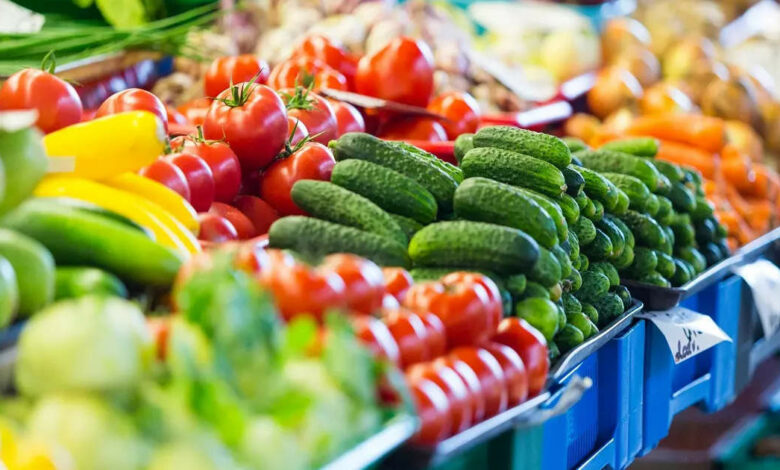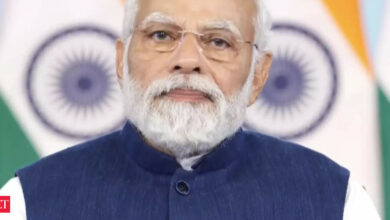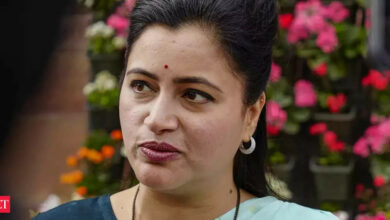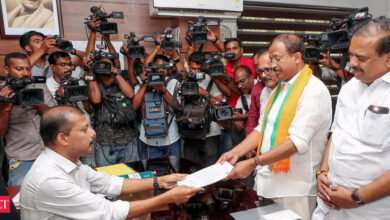household spending: Rural-urban household spending gap narrows

Household spending increased 2.6 times in rural areas and 2.5 times in urban areas since the last survey, conducted in 2011-12. In 2022-23, average monthly per capita expenditure in rural areas was ₹3,773, compared with ₹6,459 in urban areas. The gap between urban and rural consumption has narrowed to 1.71 times in 2022-23 from 1.8 times in 2011-12.
Urban consumption was nearly double of rural consumption in 2004-05.
The survey results, which have been issued publicly after a hiatus of nearly a decade, will help determine a new consumer price index series, which relies on HCES to determine weights of food and non-food items. This will also help determine new estimates of poverty.
The latest results showed that rural households spent 46% on food and the rest on non-food items, whereas urban households spent 39% on food in 2022-23.
This marks a shift from 2011-12, when nearly 53% was spent on food in rural areas and 42.6% in urban areas.The share of conveyance, for instance, has increased to 7.6% from 4.2% earlier, whereas that of durable goods has risen to 6.9% from 4.9% earlier.While core inflation, excluding food and fuel, has been declining over the last few months, consumer inflation has largely been influenced by food. The new survey is also expected to change how inflation and poverty are calculated across states.
The survey also found that rural and urban areas’ consumption was even higher if one imputes the value of items that households receive for free via social welfare programmes. These include ration and non-food items like laptops, mobile, bicycle, motorcycle, school uniform or footwear as well as home-grown stock or goods exchanged in barter.

Determining the extent of govt programmes
The expert committee overlooking the survey methodology had suggested including imputed values to determine the extent of government programmes. Imputation does not include health and education. Rural households spent 2.3% more, i.e., ₹3,860 per month including value of free goods, whereas urban households spent Rs 6,521 or 1% more.
“Among the states, MPCE (monthly per capita consumer expenditure) is the highest in Sikkim for both rural and urban areas (Rural – ₹7,731 and Urban – Rs 12,105). It is the lowest in Chhattisgarh (Rural – ₹2,466 and Urban – ₹4,483),” the report noted.
The analysis shows that the gap between the earnings of the bottom 5% and top 5% of the population was 7.3 times in rural areas and 9.9 times in urban areas.
The ministry is conducting two consecutive surveys for robust results, with the next survey expected to be completed in the second half of the year.
(You can now subscribe to our Economic Times WhatsApp channel)
Source link




